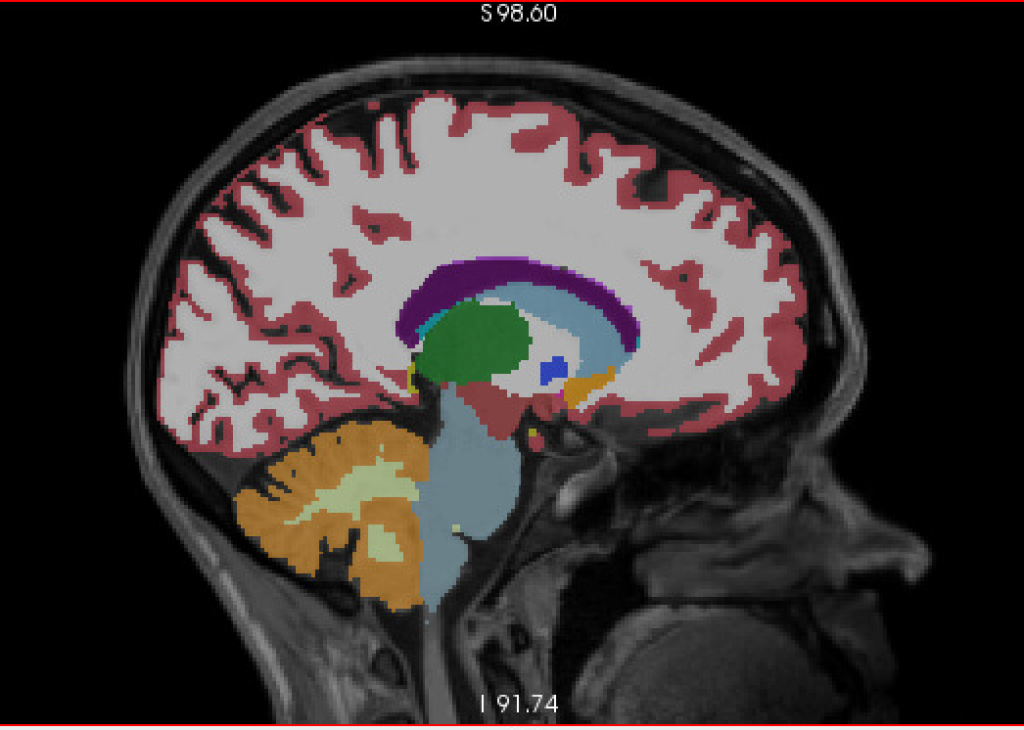Our Projects
Hyperpolarized Imaging
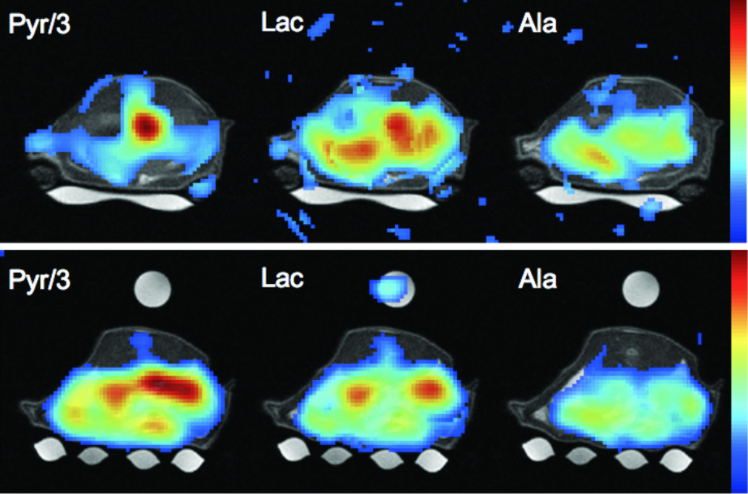
Hyperpolarized carbon-13 pyruvate imaging for cancer applications
In the Yen Lab, we are developing cutting-edge magnetic resonance imaging (MRI) techniques for translational research to study cancer metabolism. We have pioneered an innovative technique to image metabolism in real-time by using hyperpolarized 13C metabolic MRI. Until a decade ago, metabolism could only be imaged in vivo by positron emission tomography (PET) from the uptake of radioactive glucose analogs. Recent breakthroughs enabling the hyperpolarization of biologically interesting compounds containing 13C are revolutionizing the ways we image metabolism in vivo. Unlike PET, hyperpolarized 13C MRI not only detects the injected 13C-labeled metabolite but also the downstream products through changes in the measured spectra. This novel imaging technique can detect altered metabolic pathways early in progressing cancer tumors. and can also monitor early treatment effect from metabolic re-programming of cancer. Specifically, in our hyperpolarized carbon-13 pyruvate imaging project, we are investigating the levels of (hyperpolarized) pyruvate and it’s downstream metabolites. Per the Warburg effect, most cancer cells exhibit an increase in the rate of glucose uptake and preferentially produce lactate from pyruvate, even with oxygen present. Hyperpolarized carbon 13-pyruvate imaging allows for the comparison of the levels of these different metabolites, providing essential insight into cancer progressions and whether treatments are working or not.
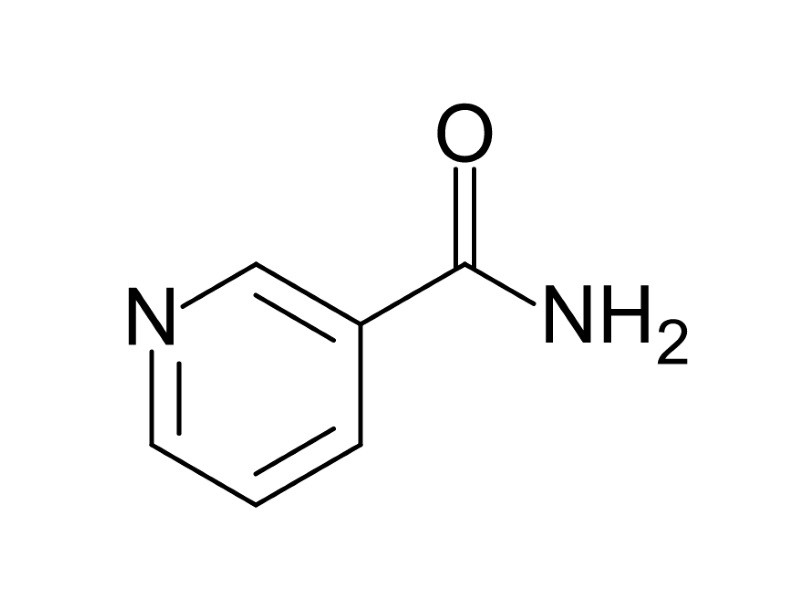
Development of hyperpolarized nitrogen-15 nicotinamide as contrast agent for neurological applications
NAD is one of the most important coenzymes in the cell. Studies have linked NAD biosynthesis to pathophysiological mechanisms in several diseases, such as diabetes, non-alcoholic fatty liver disease, retinal degeneration, multiple sclerosis, Alzheimer’s disease, and cancer. However, current ability to image NAD metabolism in vivo is severely lacking. It is either limited by penetration depth (i.e. optical imaging) or relies on radioactive tracer uptakes without providing direct information about metabolic transformations (i.e. PET/SPECT). MRI suffers from limited signal to noise ratio. In mammals, NAD is synthesized from vitamin B3 precursors (including nicotinamide). Similarly to how hyperpolarization of carbon-13 pyruvate allows tracking of cancer metabolism, hyperpolarization of isotopically labeled nicotinamide yields the possibility of tracking NAD metabolism in vivo, which could potentially provide crucial information relevant to the aforementioned diseases. Currently in the Yen lab, we are working on making this a possibility, by developing hyperpolarized nitrogen-15 nicotinamide as a contrast agent.
Neurovascular Imaging
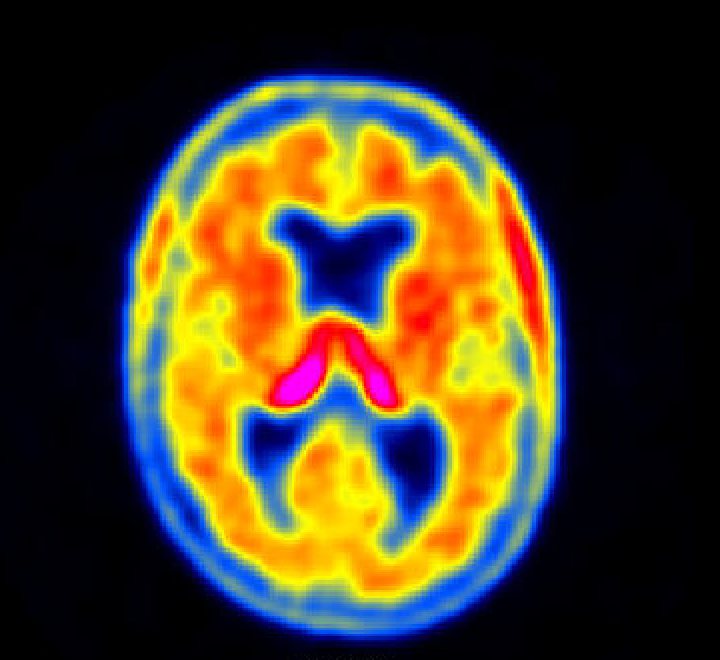
Tau deposition and neurovascular health in Alzheimer's patients
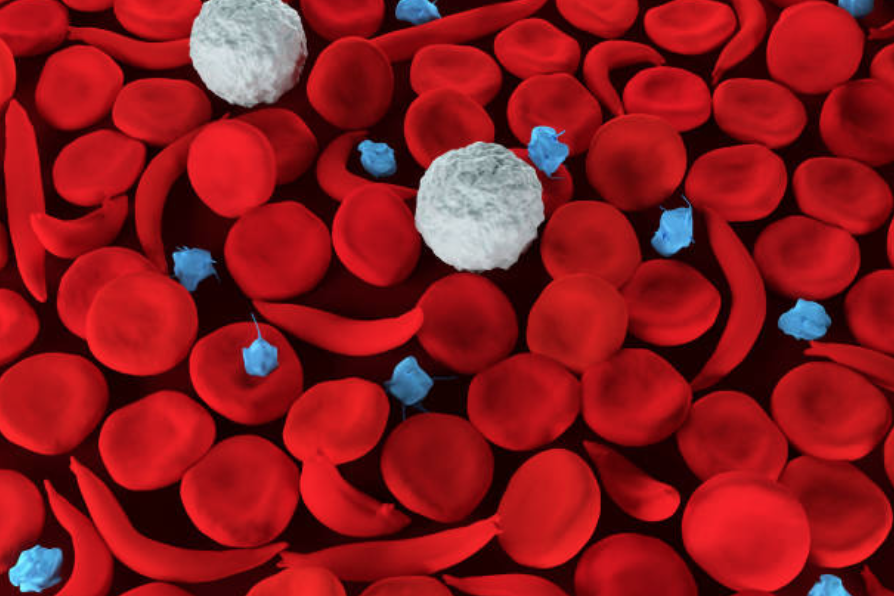
Neurovascular Imaging for Sickle cell anemia treatment testing
